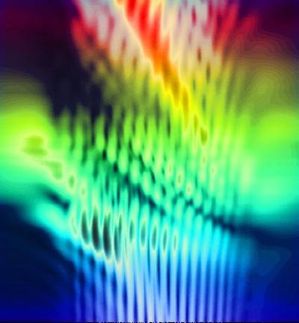Breakthrough in Photoemission Spectroscopy Allows Electronic Investigations Inside Crystals
The physical properties of solid substances are based on electronic states inside the materials. Now, an international team of researchers with the involvement of Jülich scientists has succeeded in studying these states in previously unimagined depths. The results have been published as an advance online publication by Nature Materials. In the "News and Views" commentary, the method is predicted to have a considerable potential for materials research.
For their measurements, the researchers from Germany, the USA, and Japan used the established method of angle-resolved photoemission spectroscopy. However, they used with a light source that was 100-times stronger than usual. This type of light is produced at a mere handful of scientific facilities throughout the world, in Germany, for instance, at the PETRA III storage ring in Hamburg. The team used SPring-8 in Japan, which is currently the world's most powerful synchrotron radiation facility in the hard X-ray range.
Photoemission spectroscopy has been used since the 1970s and is based on the photoelectric effect first theoretically described by Albert Einstein in 1905. Scientists use the method to irradiate samples with light, which causes electrons to become detached from the material. The distribution of angles and energy from the escaping electrons reveals information on the electronic states of the sample, for instance, the position and movement of electrons, band structures, or magnetic properties.
However, this had previously only been achieved for the first approximately five to ten atomic layers at the surfaces. From deeper layers, too few electrons reached the detectors of the measuring instruments. The scientists have now succeeded in achieving a view inside tungsten and arsenide over ten times deeper thanks to the especially brilliant light with high energies of up to six kiloelectron volts, an improved electron spectrometer, and cleverly selected sample material.
The participating scientists at SPring-8 adjusted the light source to allow a maximum number of photons to reach the sample on the smallest possible area. Experimental physicists from Jülich, Erlangen, Mainz, and Berkeley, optimized the spectrometer used and studied sample materials with low lattice vibrations in order to obtain the most detailed results possible. Theoretical physicists from Munich and Davis developed models that can be used to interpret the measurement results.
Original publication
Other news from the department science
These products might interest you
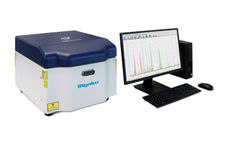
NEX CG II by Applied Rigaku Technologies
Elemental analysis at ppb level for exact results
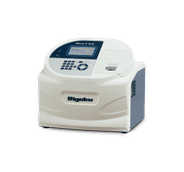
Micro-Z ULS by Rigaku
Accurately measure sulphur content in fuels: WDXRF analyser
Reliable routine analyses with 0.3 ppm detection limit and compact design

NANOPHOX CS by Sympatec
Particle size analysis in the nano range: Analyzing high concentrations with ease
Reliable results without time-consuming sample preparation
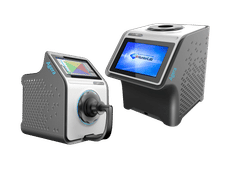
Agera by HunterLab Europe
Save Valuable Time: Color and Gloss Measurement in Record Time
Capture the Color Impression of the Sample Exactly as the Human Eye Perceives It
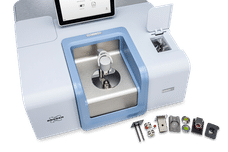
INVENIO by Bruker
FT-IR spectrometer of the future: INVENIO
Freely upgradeable and configurable FT-IR spectrometer
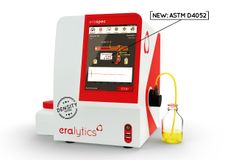
ERASPEC by eralytics
Spectral Fuel Analysis in Seconds with ERASPEC
Fast delivery of over 40 fuel parameters at the push of a button

SPECORD PLUS by Analytik Jena
SPECORD PLUS Series - Maximum precision in UV/Vis
The modern classic guarantees the highest quality
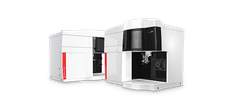
PlasmaQuant 9100 by Analytik Jena
PlasmaQuant 9100 Series of ICP-OES Instruments
Reveal the Details That Matter
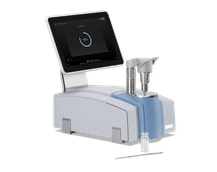
ALPHA II by Bruker
Chemical analysis made easy: compact FT-IR system
Increase the efficiency of your routine analyses with user-friendly technology

ZEEnit by Analytik Jena
Zeeman Technology for Maximum Sensitivity – Matching any Analytical Problem
Transverse-heated graphite furnace for optimum atomization conditions and high sample throughput

contrAA 800 by Analytik Jena
contrAA 800 Series – Atomic Absorption. Redefined
The best of classical atomic absorption and ICP-OES spectrometry are combined in the contrAA 800
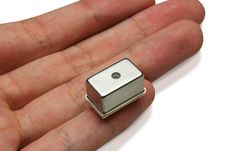
Microspectrometer by Hamamatsu Photonics
Ultra-compact microspectrometer for versatile applications
Precise Raman, UV/VIS and NIR measurements in portable devices

S2 PICOFOX by Bruker
Fast and precise trace element analysis on the move
TXRF technology for minimal samples and maximum efficiency
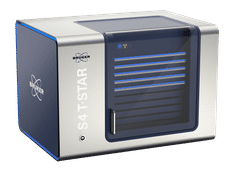
S4 T-STAR by Bruker
TXRF spectrometer: Sub-ppb detection limits & 24/7 analytics
Minimal operating costs because no gases, media or lab equipment are required
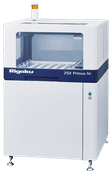
ZSX Primus IVi by Rigaku
High-precision WDXRF analysis for industrial applications
Maximum sensitivity and throughput for light elements and complex samples
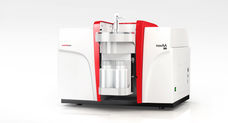
novAA® 800 by Analytik Jena
The Analyzer 4 You - novAA 800-Series
The reliable all-rounder, making routine analysis efficient and cost-effective

PlasmaQuant MS Elite by Analytik Jena
LC-ICP-MS Is the Key to the World of Elemental Species
Highest Sensitivity and Lowest Detection Limits with PlasmaQuant MS Series and PQ LC
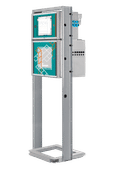
2060 Raman Analyzer by Metrohm
Self-calibrating inline Raman spectrometer
Analyze solids, liquids and gases - for reproducible, accurate results in the process

BIOS ANALYTIQUE - Soluciones de Renting y Leasing para laboratorios by Bios Analytique
Specialists in the rental and leasing of scientific equipment for laboratories throughout Europe
Whether you have an unexpected requirement or limited budget, we have the perfect solution for you

SPECTRO ARCOS by SPECTRO Analytical Instruments
The inductively coupled plasma optical emission spectrometer (ICP-OES) for highest demands
The top-of-line SPECTRO ARCOS ICP-OES analyzer evolves elemental analysis to the next level

Get the chemical industry in your inbox
By submitting this form you agree that LUMITOS AG will send you the newsletter(s) selected above by email. Your data will not be passed on to third parties. Your data will be stored and processed in accordance with our data protection regulations. LUMITOS may contact you by email for the purpose of advertising or market and opinion surveys. You can revoke your consent at any time without giving reasons to LUMITOS AG, Ernst-Augustin-Str. 2, 12489 Berlin, Germany or by e-mail at revoke@lumitos.com with effect for the future. In addition, each email contains a link to unsubscribe from the corresponding newsletter.
Most read news
More news from our other portals
See the theme worlds for related content
Topic World Spectroscopy
Investigation with spectroscopy gives us unique insights into the composition and structure of materials. From UV-Vis spectroscopy to infrared and Raman spectroscopy to fluorescence and atomic absorption spectroscopy, spectroscopy offers us a wide range of analytical techniques to precisely characterize substances. Immerse yourself in the fascinating world of spectroscopy!

Topic World Spectroscopy
Investigation with spectroscopy gives us unique insights into the composition and structure of materials. From UV-Vis spectroscopy to infrared and Raman spectroscopy to fluorescence and atomic absorption spectroscopy, spectroscopy offers us a wide range of analytical techniques to precisely characterize substances. Immerse yourself in the fascinating world of spectroscopy!
